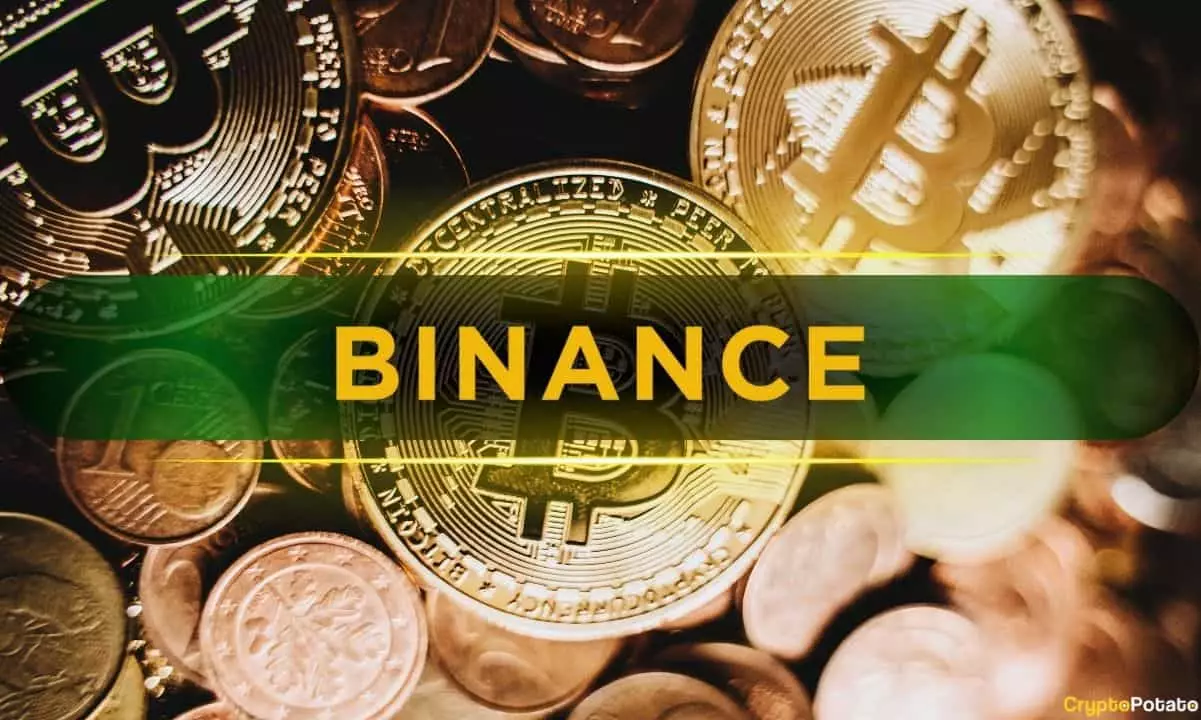Binance’s commanding stature in the cryptocurrency trading sphere often seems indisputable — a titan dictating market trends and trader behaviors. Recent data showcasing a staggering $2.55 trillion in futures volume may appear to confirm this dominance. Yet, beneath this impressive figure lies a complex reality that challenges the narrative of unassailable leadership. Analyzing deeper, one cannot ignore the disconnect between soaring trading volumes and declining user engagement. The apparent paradox hints at a market in flux, manipulated by institutional strategies, speculative fervor, and transient hype rather than genuine retail participation.
While Binance’s institutional clout enables it to shell out eye-popping metrics, these numbers do not reliably translate into long-term trust or authentic activity. Volume spikes often reflect short-term volatility, leveraged trading, and a seismic shift towards riskier derivative strategies that may ultimately undermine stability. The recent surge, driven by Bitcoin’s breakout, could be fleeting; history warns that such peaks frequently precede sharp corrections, leaving retail users stranded amidst volatile swings. In this context, the headline-grabbing figures serve more as smoke and mirrors, masking underlying fragility in the market psyche.
The Gap Between Market Metrics and Real Engagement
Despite Binance’s impressive derivatives numbers, other critical indicators cast doubts on the health and sustainability of its dominance. Data from CryptoQuant reveals a stark decline in active user addresses — from approximately 800,000 in June to barely over 340,000 in August. A drop of over 50 percent suggests that the bulk of trading activity may be driven by a shrinking core of institutional players and algorithmic trading bots, rather than a robust retail user base. This decline signals waning enthusiasm and a potential disenchantment with the risky, high-leverage environment Binance increasingly promotes.
The divergence manifests a paradox: volume metrics are sky-high, yet genuine engagement wanes. Investors seem increasingly disillusioned, cautious, or outright absent from the actual user interface, favoring speculative frenetics over sustainable participation. This dissonance suggests a market artificially inflated by ephemeral trading spikes, rather than real adoption of decentralized finance principles or long-term investment.
The Myth of Market Resilience in a Volatile Climate
A deeper look reveals that Binance’s supposed market leadership is built on shifting sands. The derivatives market’s apparent expansion does not reflect underlying stability; rather, it illustrates a speculative bubble fueled by reckless trading and a collective appetite for risk. The recent Bitcoin liquidation of $1.5 billion exposes the perilous nature of this environment, with funds evaporating in seconds and traders caught in the crossfire of volatile price swings.
Further complicating this picture are negative funding rates in perpetual futures, signaling a growing tilt towards bearish sentiment. More shorts than longs indicates traders are betting on further declines, a classic sign of risk aversion or “risk-off” behavior. Such trends threaten to undermine the optimistic narrative of Binance’s market leadership, revealing instead a fragile ecosystem prone to sudden collapses.
The overarching reality is that market indicators have turned lukewarm at best. The total crypto market cap has shrunk from a peak of $4 trillion to $3.7 trillion, signifying that even amid record volumes, investor confidence is slipping. The disconnect becomes evident: a market that appears vibrant on paper may be anything but healthy beneath the surface.
The Center-Right Outlook: A Cautionary Perspective
From a pragmatic, center-right perspective, the current state of Binance and the broader crypto market underscores the risks inherent in an environment driven by unregulated speculation and fleeting hype. While innovation and market leadership are commendable, they must be tempered with caution and accountability. The tendency for exchanges like Binance to inflate their figures through leveraged derivatives and derivative-based metrics is troubling; it fosters an illusion of robustness that obscures underlying vulnerabilities.
I believe responsible leadership in this space requires a sober acknowledgment of these risks, emphasizing transparency, investor protection, and sustainable growth. The market’s reliance on ever-increasing volumes—often achieved through aggressive marketing and complex financial instruments—resembles a house of cards that could collapse at any moment. It is imperative that stakeholders prioritize real utility, wider adoption, and adherence to sound principles over transient bullishness. Otherwise, the crypto ecosystem risks becoming a speculative wasteland, where superficial figures serve as brittle foundations for a fragile, speculative bubble awaiting its inevitable burst.

